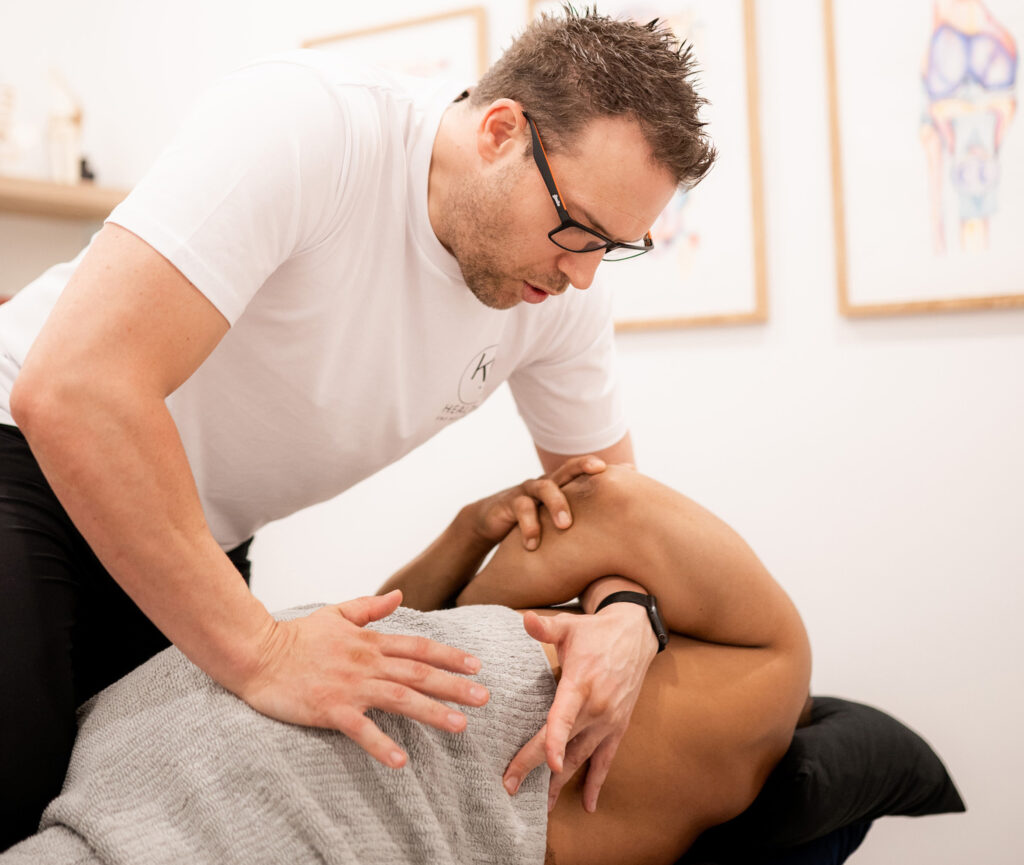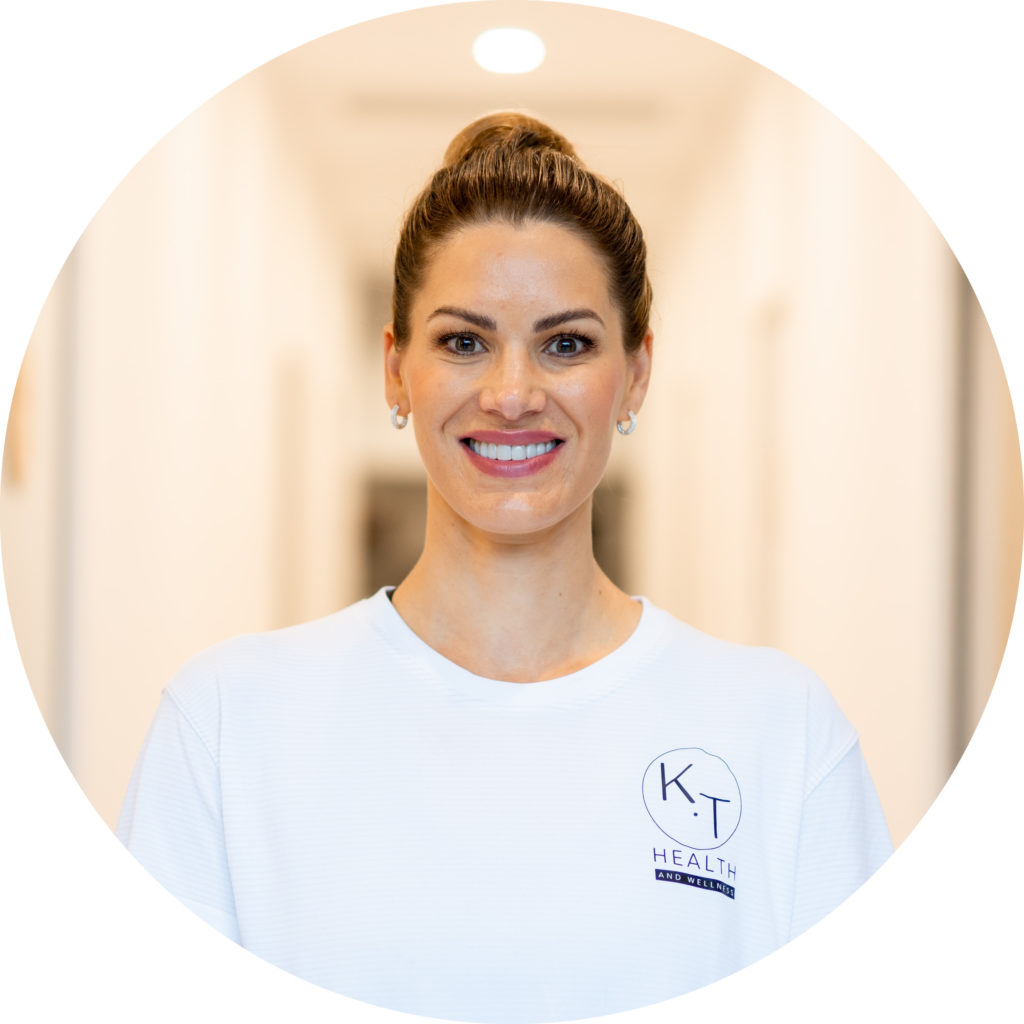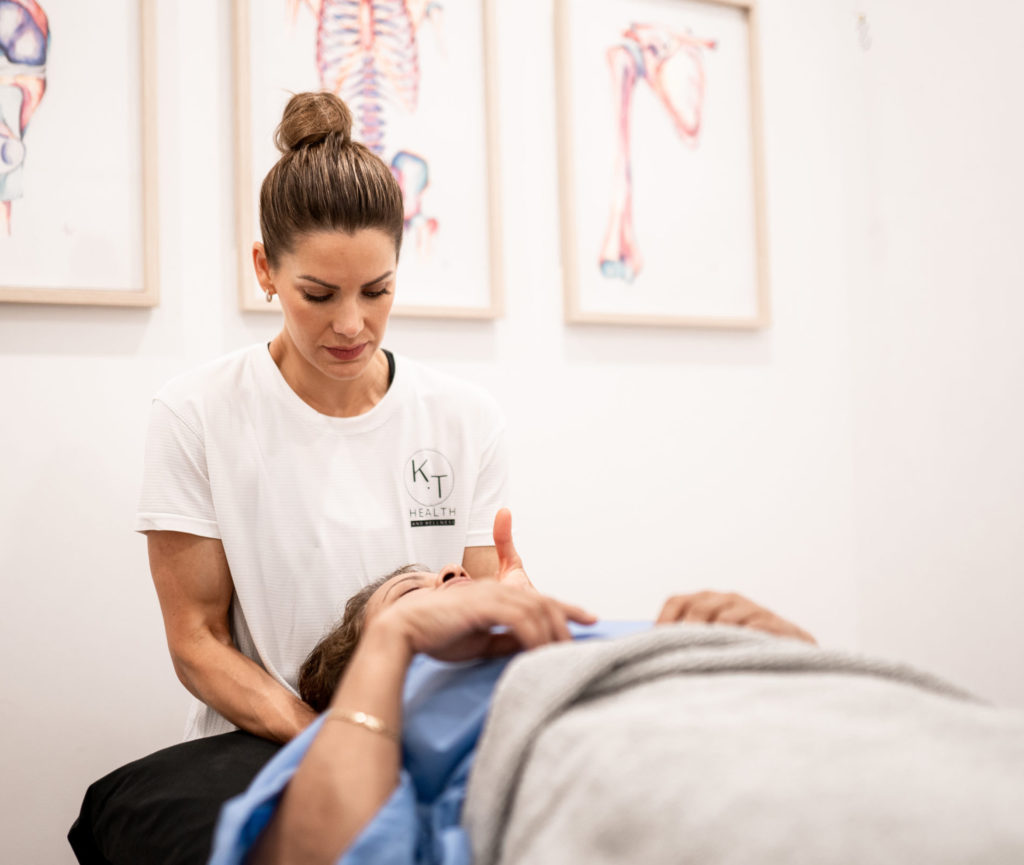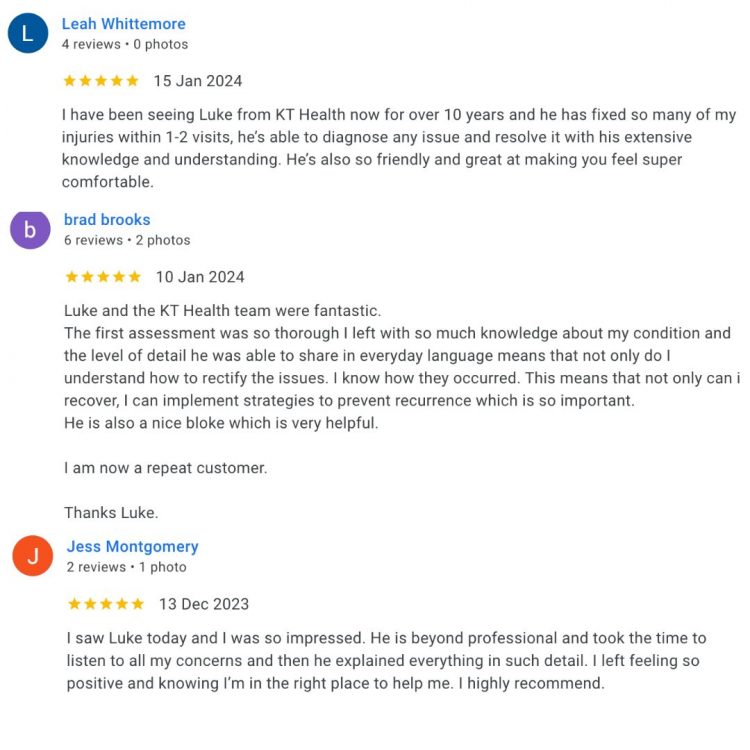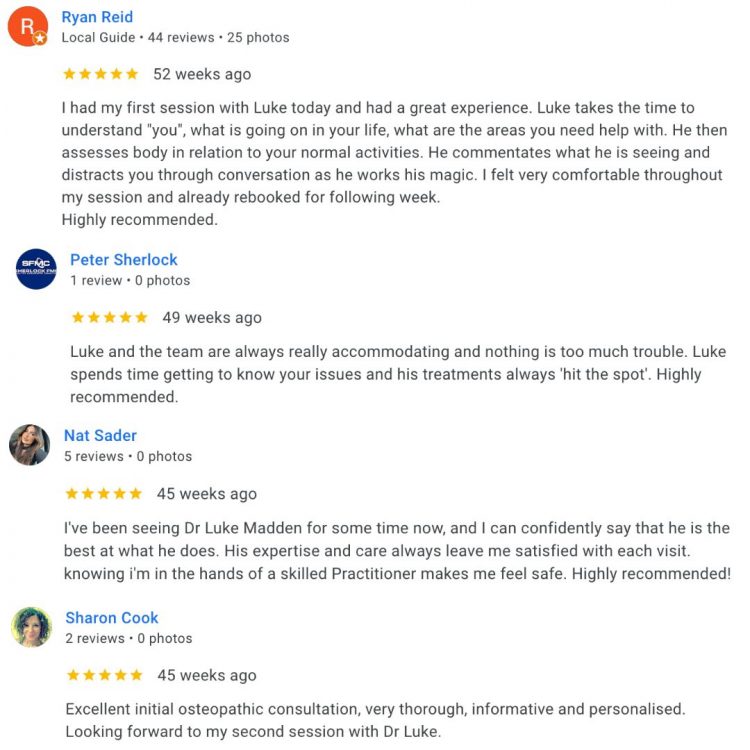Everything You Need to Know About a Labral Tear of the Shoulder
What is a Labral Tear of the Shoulder?
A labral tear is an injury to the labrum, a ring of cartilage that surrounds the socket of the shoulder joint (glenoid). The labrum helps deepen the socket, providing stability and support to the ball-and-socket shoulder joint. When this cartilage is torn, through injury, overuse, or degeneration, it can lead to pain, instability, clicking, or a feeling of the shoulder “giving way.”
An analogy…
Think of the labrum like the rubber lining around a basketball hoop. It cushions and stabilises the ball as it moves. If that lining is damaged or torn, the ball (your arm bone) can’t sit as securely, leading to wobbling, slipping, or pain with movement.
What are other names that a labral tear of the shoulder can be referred to?
Shoulder Labrum Tear, SLAP Lesion, SLAP Tear, Glenoid Labral Tear
What causes a labral tear of the shoulder?
Labral tears can be caused by acute trauma (like falling on an outstretched arm or shoulder dislocation) or by repetitive overhead movements, especially in throwing sports or weightlifting.
What are the signs and symptoms of a labral tear of the shoulder?
- Deep shoulder pain, especially during overhead or behind-the-back movements
- Clicking, popping, or catching sensations in the joint
- Shoulder instability or feeling like it might “give out”
- Loss of strength or fatigue in the shoulder
- Limited range of motion, especially with throwing or lifting
- Symptoms may come and go or worsen with activity
What tests are used to diagnose a labral tear of the shoulder?
O’Brien’s Test: The patient holds their arm straight out in front, slightly across the body, with the thumb pointing down. The practitioner applies downward pressure while the patient resists. If pain is felt deep in the shoulder, especially when the thumb is down but not when it’s up, the test is considered positive and may indicate a labral injury.
MRI (Magnetic Resonance Imaging): For labral tears, an MRI with contrast dye (MR arthrogram) is the most accurate method to confirm a tear, as it allows clear visualisation of damage inside the shoulder joint.
How long does a labral tear of the shoulder take to heal?
Recovery time for a shoulder labral tear depends on the type of tear and the treatment approach. Non-surgical rehabilitation for minor tears typically takes around 6 to 12 weeks. If surgery is required, recovery may take 3 to 6 months or longer, depending on the individual’s activity level and goals. A full return to sport or heavy lifting can take anywhere from 6 to 9 months, especially in cases involving high physical demand.
How does a labral tear of the shoulder happen?
- Falls onto an outstretched hand or shoulder
- Shoulder dislocations
- Repetitive overhead sports
- Weightlifting with poor form
- Age-related degeneration of cartilage
- Previous shoulder instability or trauma
What treatment can help a labral tear of the shoulder?
- Rest and activity modification to avoid aggravating movements
- Manual therapy to reduce muscle tension and improve joint mechanics
- Strengthening exercises for the rotator cuff and shoulder stabilisers
- Postural correction and scapular control
What exercises or stretches can I do for a labral tear of the shoulder?
- Scapular setting and shoulder blade control
- Isometric shoulder exercises
- Resistance band rotator cuff work
- Range of motion stretches
- Postural drills and core strengthening
What products can help with a labral tear of the shoulder?
Sleeper stretch
Lie on your affected side, with the arm out in front and elbow bent to 90 degrees.
Place your other hand on the back of your wrist, and push down to rotate the forearm.
Make sure you do not hunch your shoulder up.
You will feel a stretch over the back and top of the shoulder.

Prone row with external rotation
Lie on your front with your arm to be exercised over the edge of the bed, holding a weight in your hand.
Start with your arm dangling straight down, and then squeeze your shoulder blades together, bringing your elbow up towards the ceiling.
Holding this position with your upper arm, rotate the weight up to a horizontal position.
Rotate back and return to the starting position.

Active assisted shoulder flexion in side lying using a ball
Lying on your unaffected side with a ball in front of you.
You may wish to prop the ball up higher to bring it to shoulder height.
Place your affected arm on top of the ball.
You may need some assistance to maintain the position.
Practice moving the ball forwards and backward, straightening and bending your elbow.

STOP GUESSING – START MOVING
See what other people have said about our osteopaths
Trustindex verifies that the original source of the review is Google. KT health has really helped my back and i have been able to get back into competitive sportTrustindex verifies that the original source of the review is Google. Absolutely amazing, I see Louie Nouh who always listens and caters to my needs. He is amazing at his job and always helps alleviate my pain. I highly recommend Louie.Trustindex verifies that the original source of the review is Google. Friendly, supportive staff. Such a lovely place to exercise! Highly recommend.Trustindex verifies that the original source of the review is Google. Amazing instructor, I am new to Pilates felt very comfortable & supported.Trustindex verifies that the original source of the review is Google. I have been suffering from shoulder and neck pain for months - I saw Dr Louie Nouh a couple of time. His treatment really relived the pain. I have full range of movement now. His knowledge on exercise is fantastic.Trustindex verifies that the original source of the review is Google. Absolutely love reformer at menai. Instructors are amazing. Love Michaela and love the small classes. Highly recommend!Trustindex verifies that the original source of the review is Google. The trainers are all amazing , they explain everthing step by step and help where needed . It is an amazing place to relax get to know other people have a laugh . I recommend for anyone .Trustindex verifies that the original source of the review is Google. Ever since I came here I’ve been looked after by Louie and my shoulder is already feeling much better. Highly Recommend these are good people.Trustindex verifies that the original source of the review is Google. SENSATIONAL Chiropractor in Menai! I attended my first appointment with Dr Louis Nouh at KT Health & Wellness who is an absolute genius even after one session with him. He explained everything he intended to address about my lower back condition, all in easy to understand, layman’s terms. He said he would call me the next day to follow and see how I was feeling after our session and guess what, he did! During our session, he made me feel relaxed and comfortable especially as it was my first chiropractic appointment EVER! For some reason, I am actually looking forward to my subsequent sessions with him next week. Don’t get me wrong, he did poke, prod and crack me as necessary but the results made it seem worth it.Trustindex verifies that the original source of the review is Google. I have been seeing Melinda now for a couple of months to help with bursitis in my hip. She is one of the best practitioners I’ve ever seen.. With the use of various tools and techniques she has helped me recover much quicker than I expected. Thanks Mel and see you tomorrow!
We don't offer magic fixes or cures, but a sustainable approach to back pain.
Our Osteopaths will offer you a road map to help you take control of your back pain and feel great again.
BOOK YOUR OSTEOPATH VISIT TODAY
Book a Time with Dr Luke Madden Below
Book a Time with Dr Melinda Madden Below
Already have an account?
Book as a guest
- Book an Appointment


